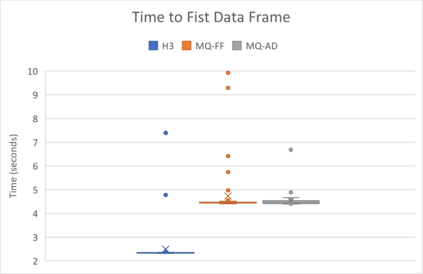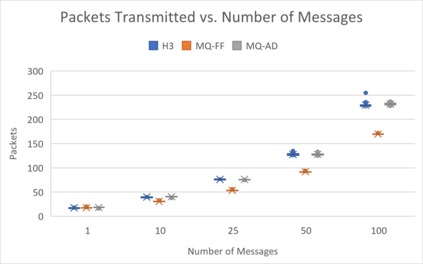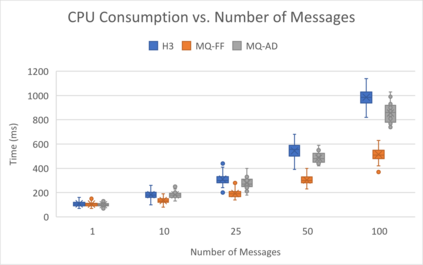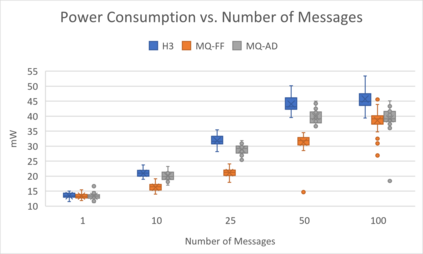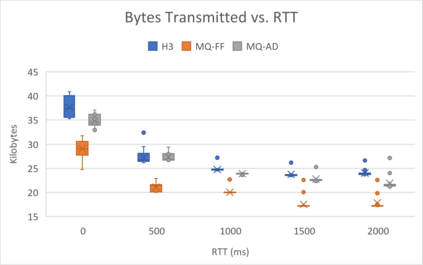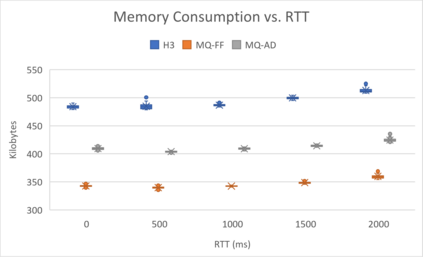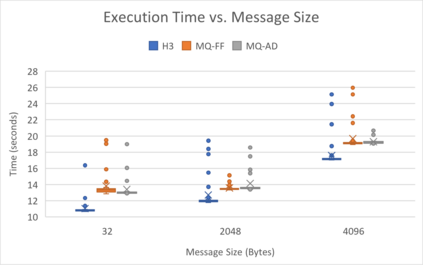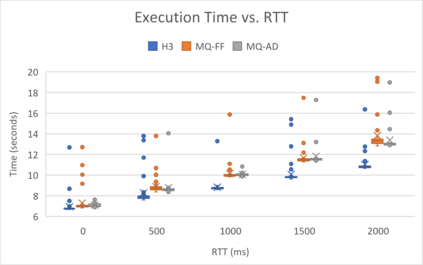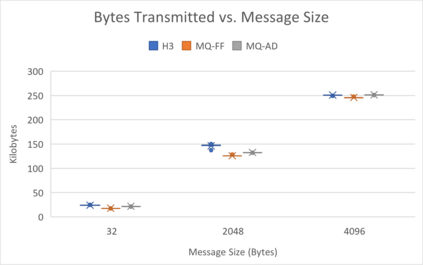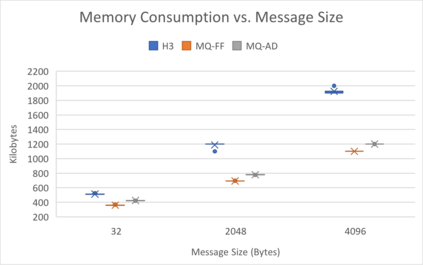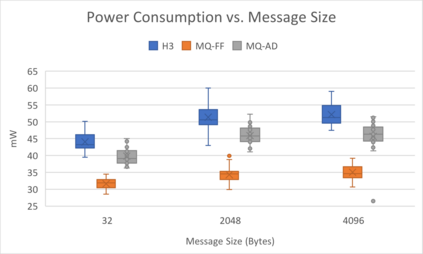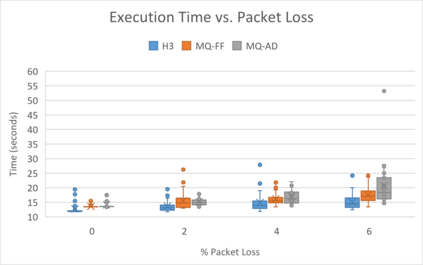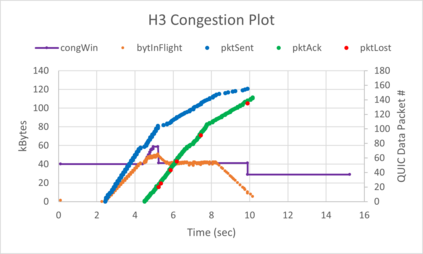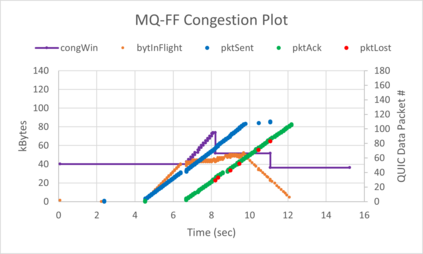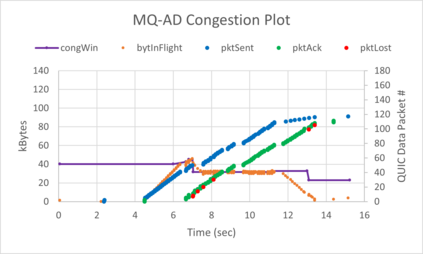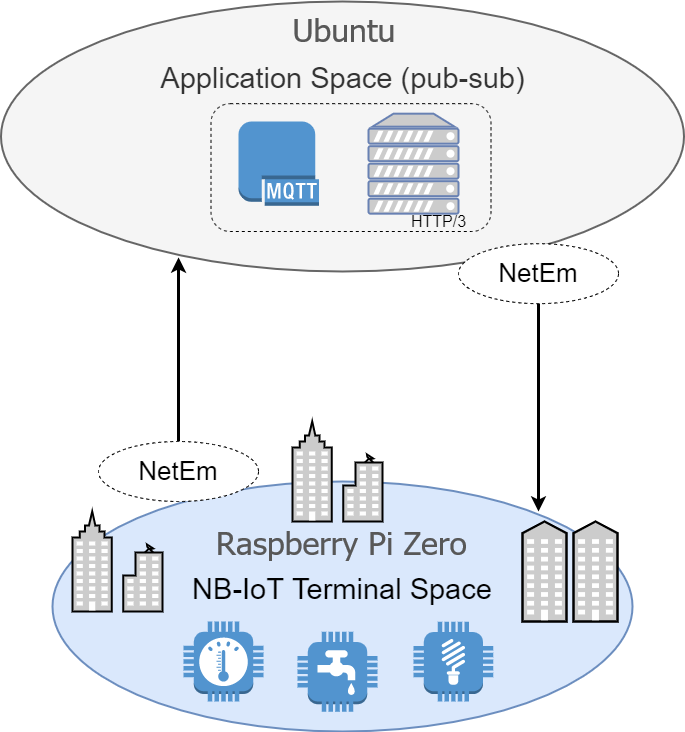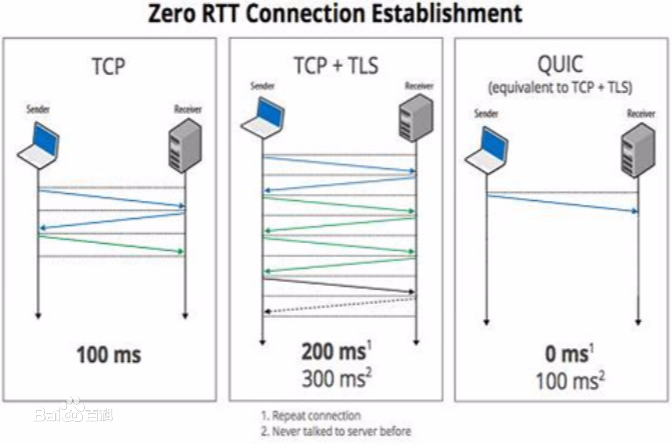Because of the constrained nature of devices and networks in the Internet of Things (IoT), secure yet lightweight communication protocols are paramount. QUIC is an emerging contender in this arena and it provides several benefits over TCP. Tuning of TCP has been recently studied for IoT and guidelines are provided in RFC 9006. The same is not true of QUIC -- a much newer protocol with a learning curve. The aim of this paper is to provide empirically based insights into parameterization considerations of QUIC for IoT. To this end, we rigorously tested two modes of MQTT-over-QUIC as well as a pure-HTTP/3 publish-subscribe architecture (of our design) under various conditions. A suite of 8 metrics relating to device and network overhead and performance was employed in addition to root cause analysis on a hardware testbed. We identified a number of tuning considerations and concluded that HTTP/3 was more preferable for reliable time-sensitive applications.
翻译:由于Tings Internet(IoT)的装置和网络的局限性,安全但重量轻的通信协议至关重要。QuIC是这个领域的新兴竞争者,它为TCP提供了若干好处。最近对TCP的测试进行了研究,RFC 9006提供了指南。QUIC(一个具有学习曲线的较新协议)的情况与此不同。本文的目的是提供基于经验的见解,说明QUIC对IoT的参数化考虑。为此,我们严格测试了两种MQTT-over-QUIC模式以及一种在各种条件下(我们设计的)纯HTTP/3出版物订阅结构。除了对硬件测试台进行根根根分析外,还采用了一套8项关于装置和网络管理及性能的成套指标。我们确定了一些调整考虑,并得出结论认为HTTP/3对于可靠的时间敏感应用更为可取。


